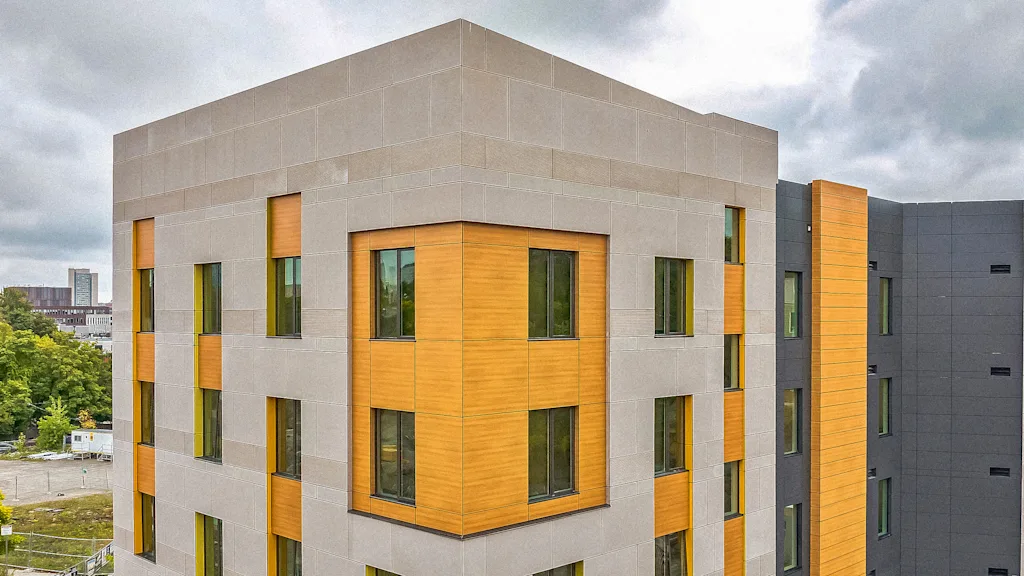
"A new type of window on the verge of mass production in the United States will provide a new vision for architects and builders seeking to marry design with energy efficiency. This window, made from millimeter-thin glass panels, can achieve exceptional energy efficiency scores and make a significant difference in global emissions. Buildings account for about 30% of global energy consumption, and about half of the energy use in residential and commercial buildings is used for heating and cooling."
"Corning, the firm that developed Gorilla glass in 2007 for Apple iPhones, helped refine the mass-manufacturing process based on material discoveries made at Lawrence Berkeley National Labs. In the late 1980s, researchers at the lab began looking into window efficiency in the aftermath of the energy crisis of the '70s. It led them to develop a new kind of glass that was thinner, yet stronger and more efficient."
Millimeter-thin glass panels enable windows with multiple ultra-thin layers and air gaps inside standard frames, multiplying insulation compared with typical double-pane units. Panels about 0.5 millimeter thick versus common three-to-four millimeters allow more panes without bulky frames. Corning adapted Lawrence Berkeley National Labs discoveries into a mass-manufacturing process called Enlighten to produce large commercial sheets at scale that can be cut for standard or custom architectural frames. Buildings account for roughly 30% of global energy consumption, with about half used for heating and cooling, so improved windows can notably reduce energy use and emissions. Research shows windows lose 10–20 times more energy per square foot than well-insulated walls.
Read at Fast Company
Unable to calculate read time
Collection
[
|
...
]